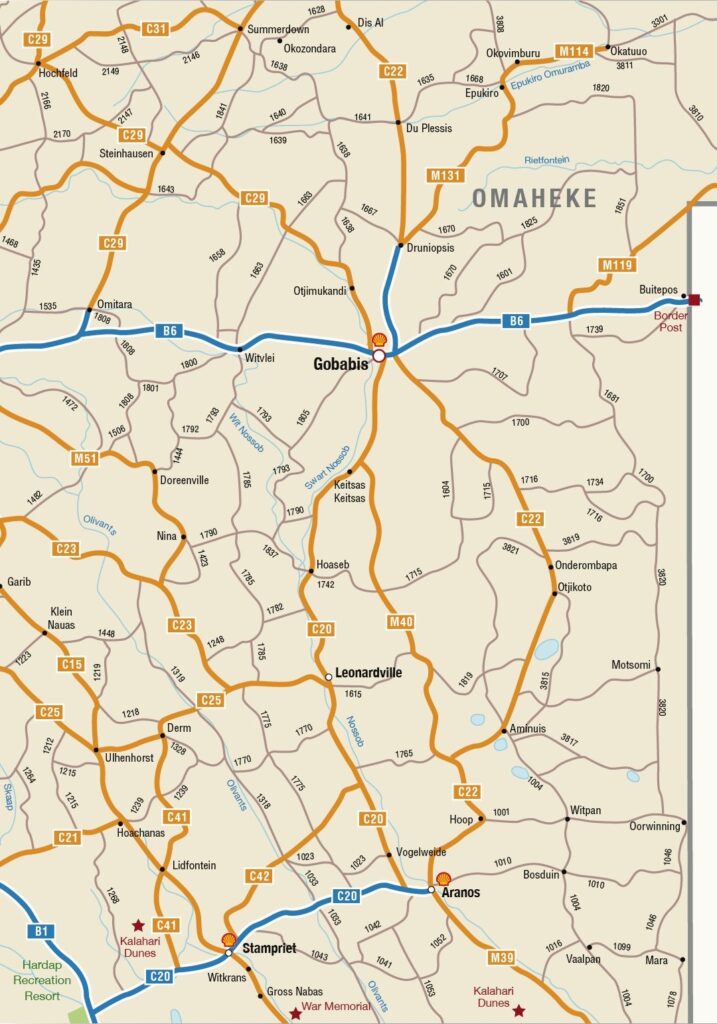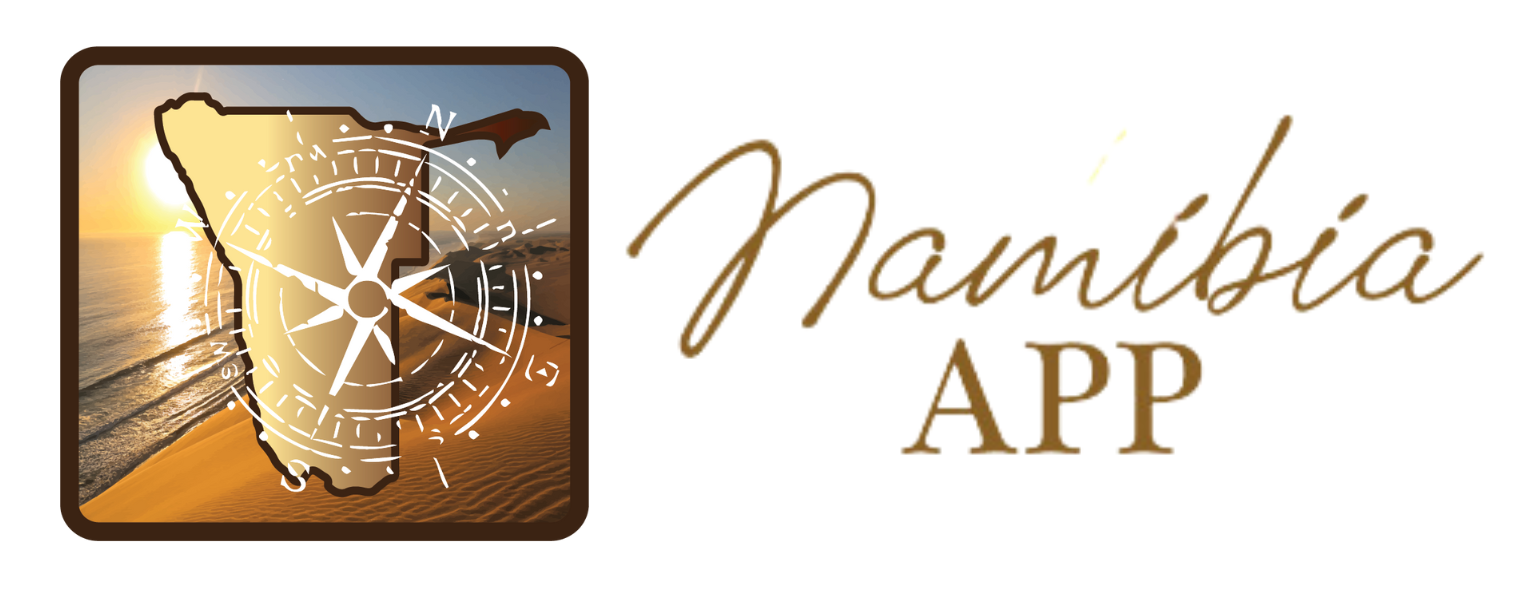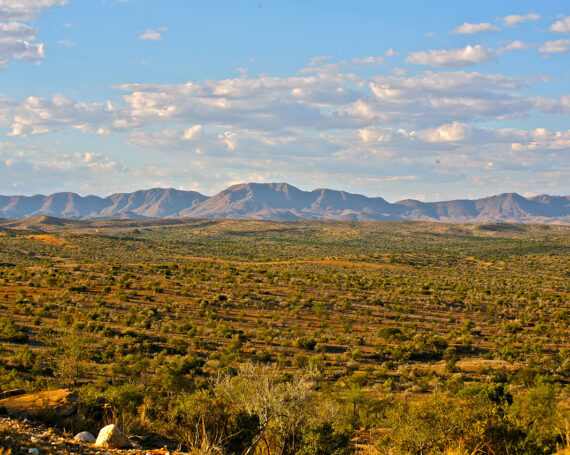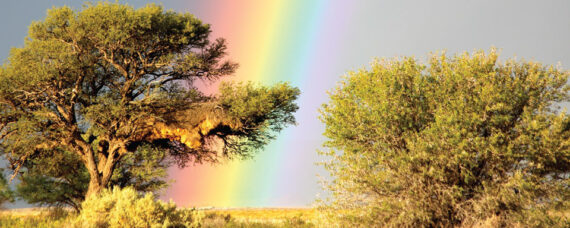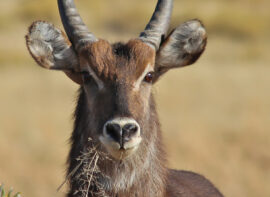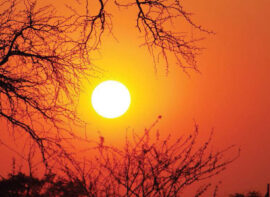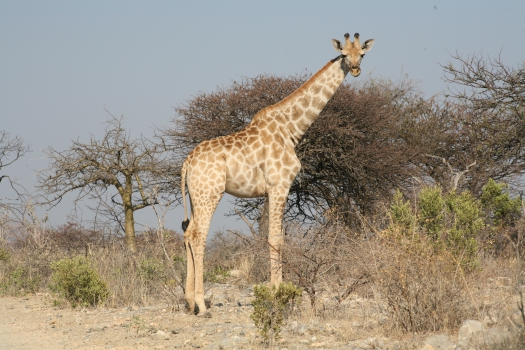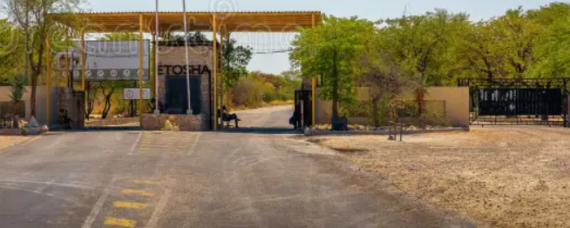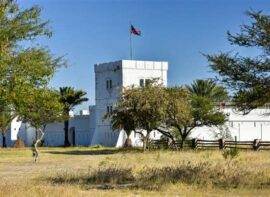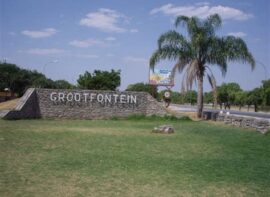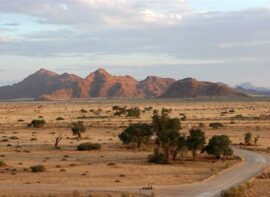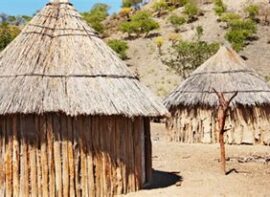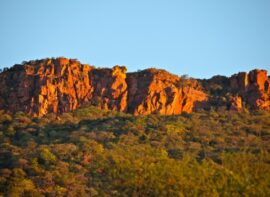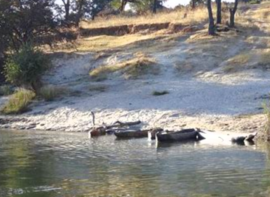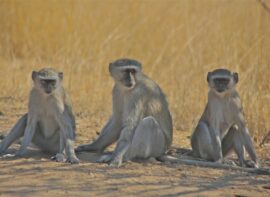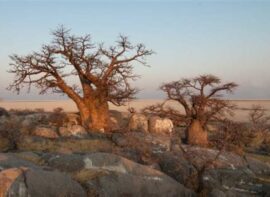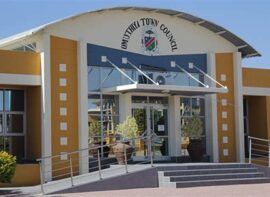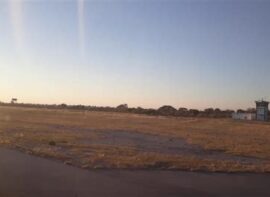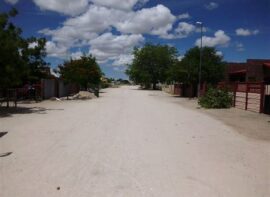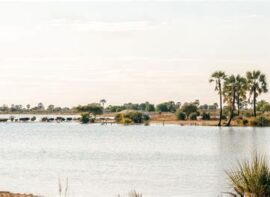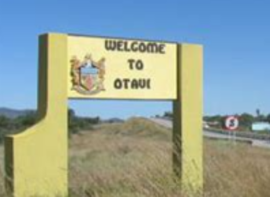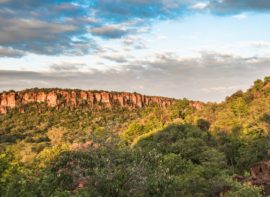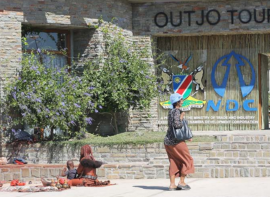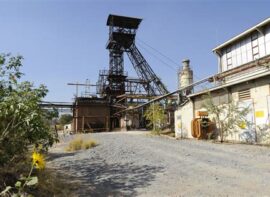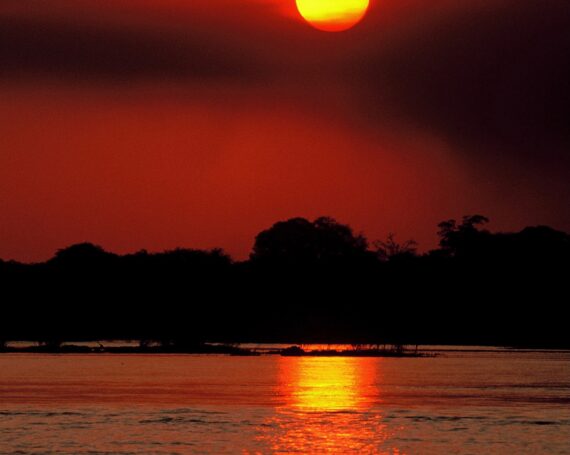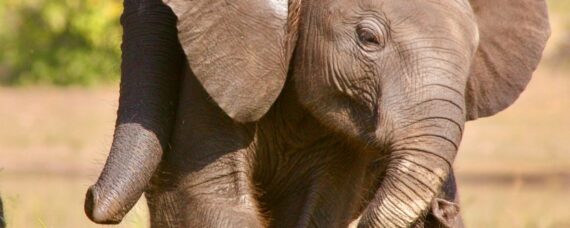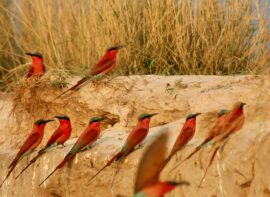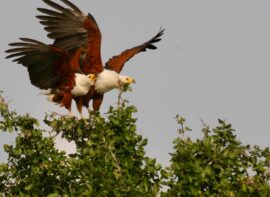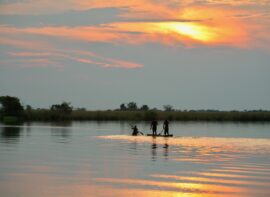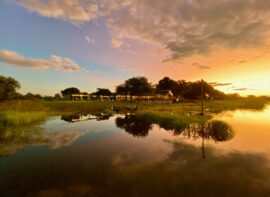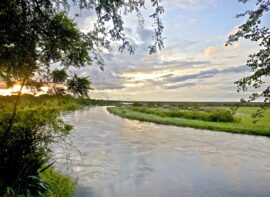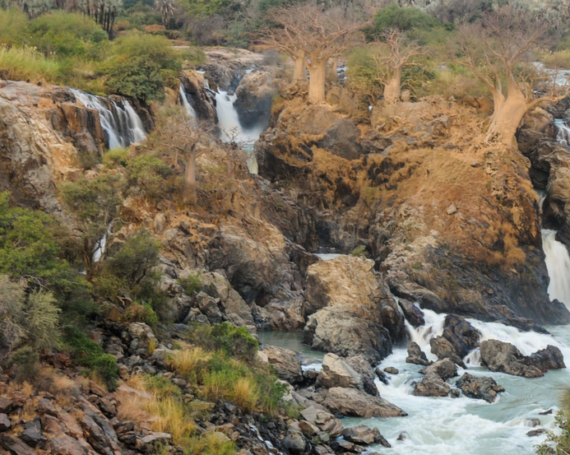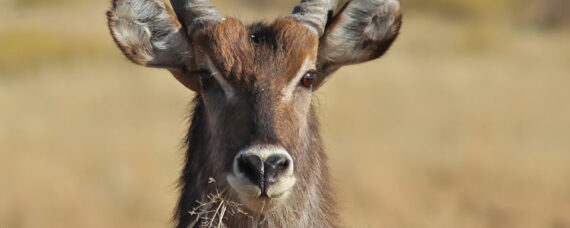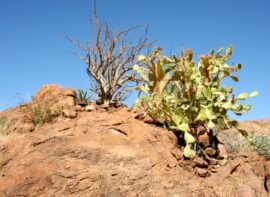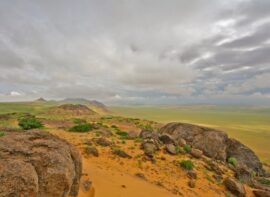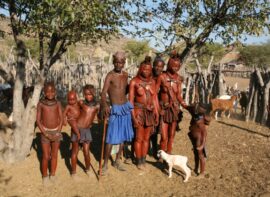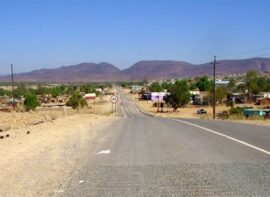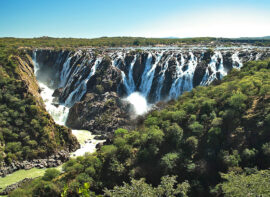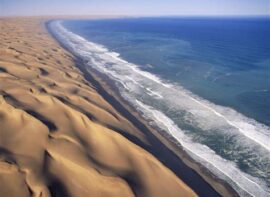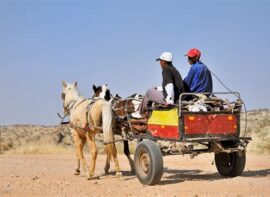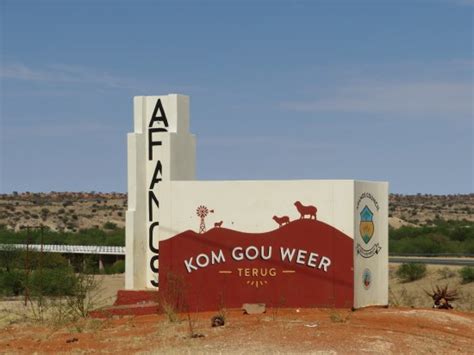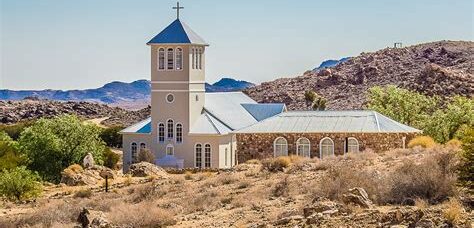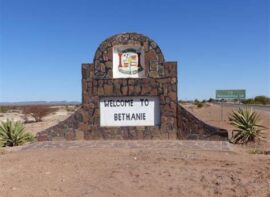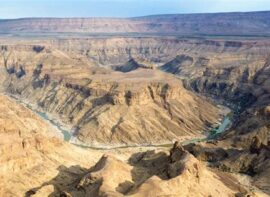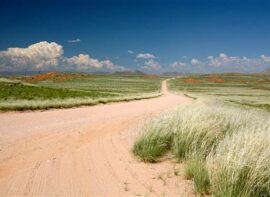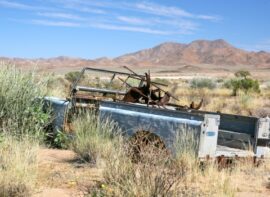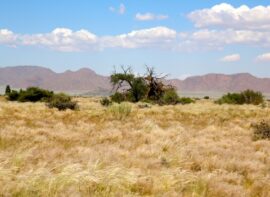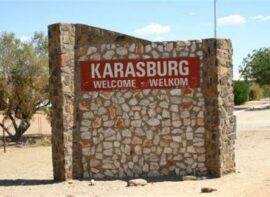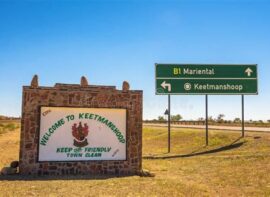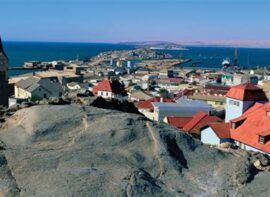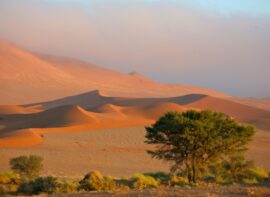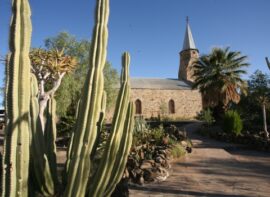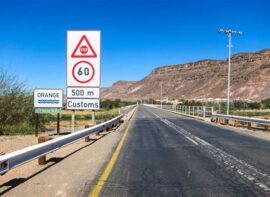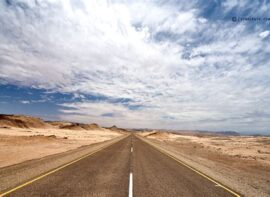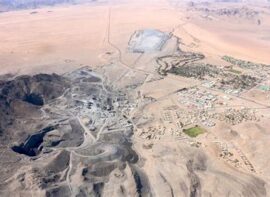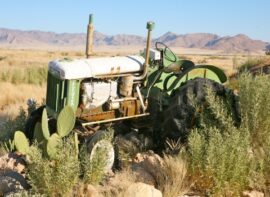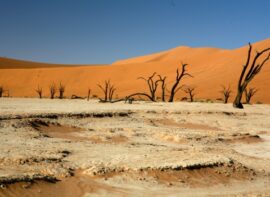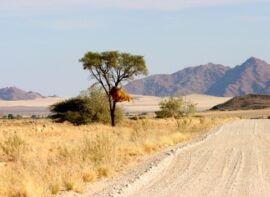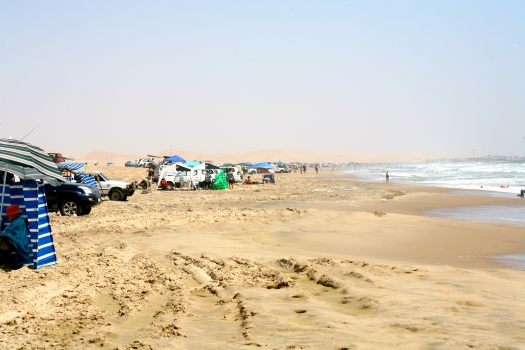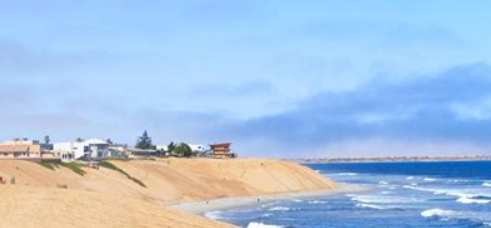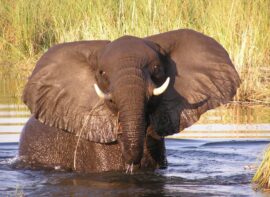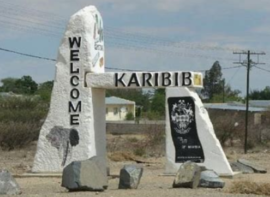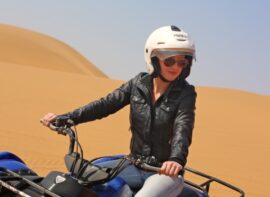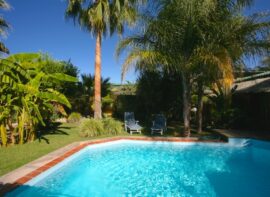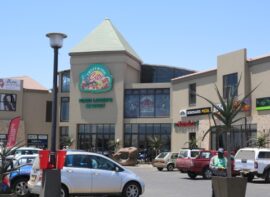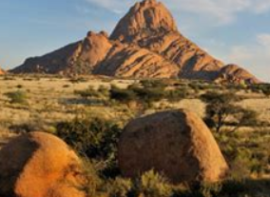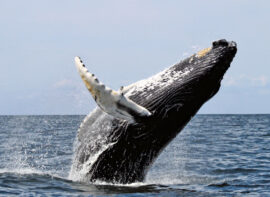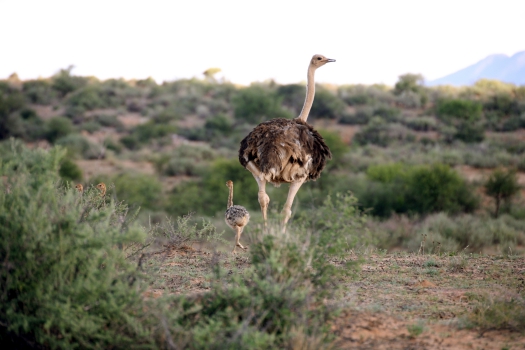Namibian Regions
- Home
- Namibian Regions
Discover the Wonders & Unlock
the Treasures of Namibia
Dive Into Its Diverse Regions
Quick Menu
Central
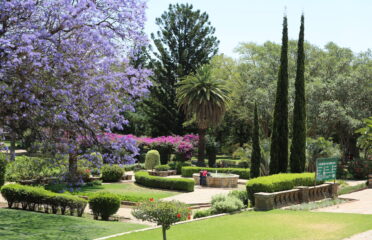
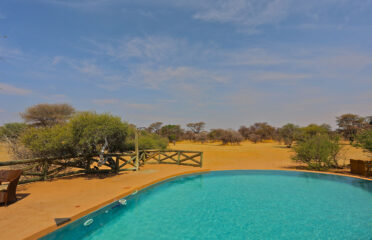
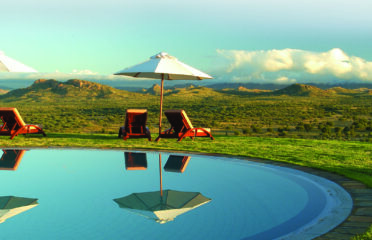
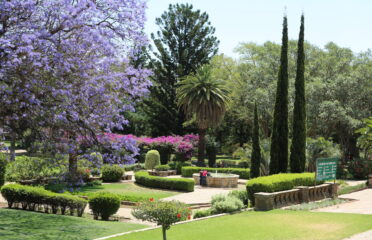
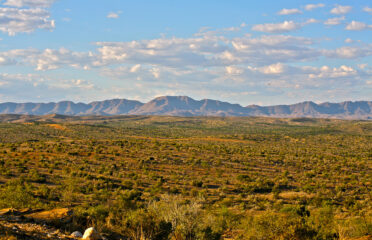
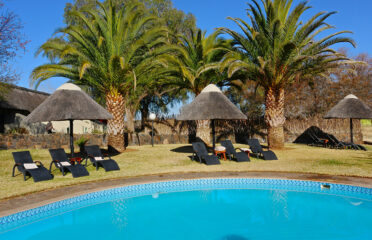
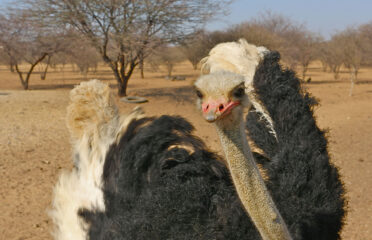
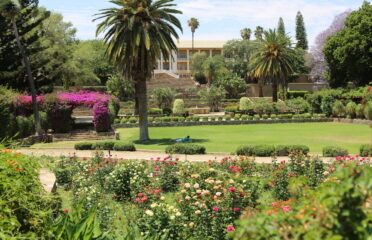
Summary of the Central Region of Namibia:
Starting Point:
The central region of Namibia serves as the starting point for most trips organized around the country, with Windhoek, the capital, and Hosea Kutako International Airport located in the heart of the region.oad Infrastructure:
The region boasts a well-maintained road structure, making it an ideal stopover for visitors en route to popular destinations such as Etosha Pan, Fish River Canyon, and the West Coast.
Vegetation and Wildlife:
Characterized by bushy landscapes with grasslands, shrubs, camelthorn trees, and hills, the region offers interesting scenery and supports diverse wildlife, including over 300 bird species and abundant game such as antelope and camel.
Places of Interest:
Windhoek, the capital city, is a thriving hub blending African and European cultures. It offers world-class amenities, including restaurants, accommodations, markets, historical sites, and healthcare facilities. Visitors can explore local markets, monuments, craft markets, and curio shops, and seek advice on outings and tours at the Windhoek Tourism Info Office. The city also boasts efficient transportation options, telecommunications networks, banking facilities, and internet cafes.
Explore Local Gems:
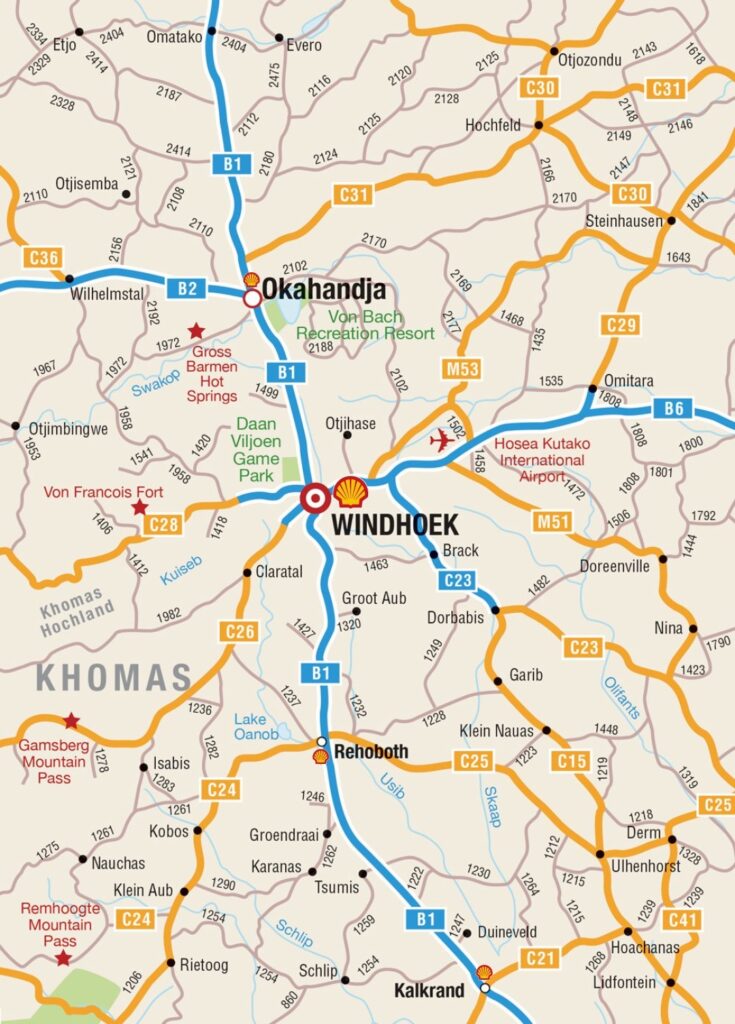
North
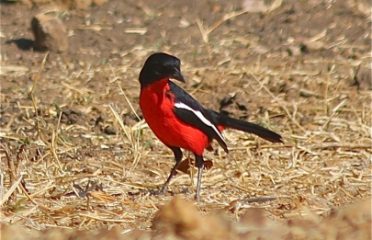
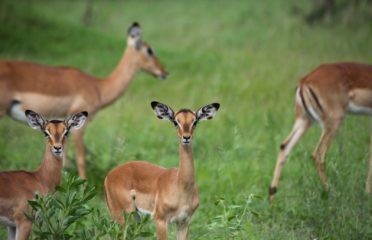
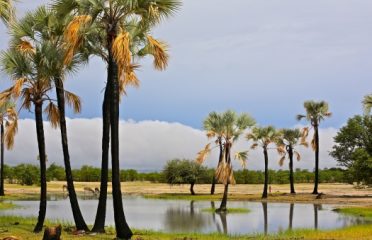
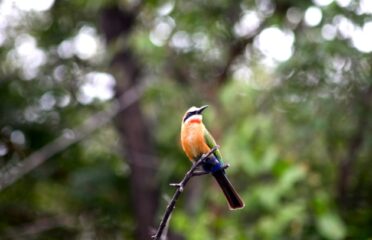
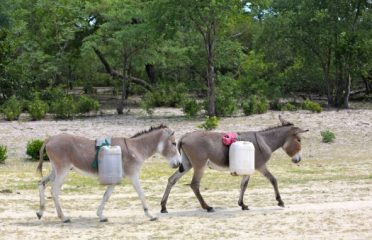
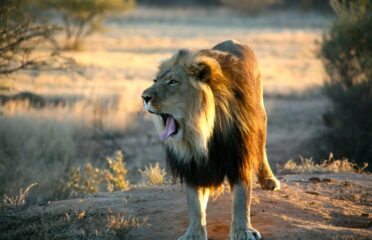
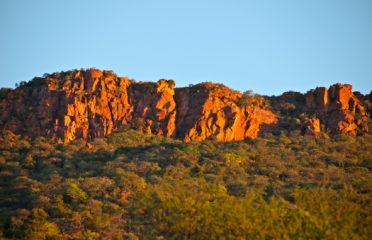
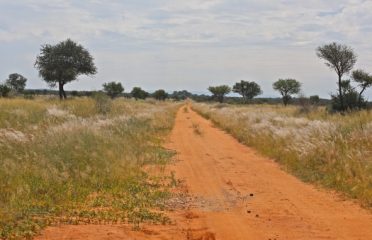
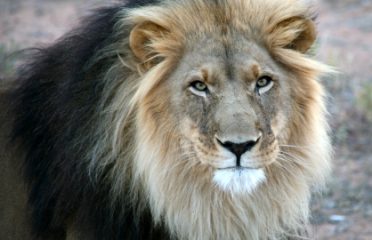
Summary of the Northern Region of Namibia:
Etosha National Park:
The region is centered around Etosha National Park, one of Africa’s largest game parks, spanning approximately 23,000 square kilometers. It boasts a diverse array of wildlife, including the Big 5, and offers unique game-viewing experiences against the backdrop of the Etosha Pan.
Lakes and Landmarks:
Visitors can explore the region’s natural wonders, including the Hoba Meteorite, Lake Otjikoto, and Lake Guinas. These sites are steeped in legend and folklore, offering intriguing insights into Namibia’s geological history and cultural heritage.
Cultural Encounters:
The northern region is home to the Owambo people and is known for its vibrant cultural scene. Approximately 80% of Namibia’s population resides in this area, and visitors can immerse themselves in local markets, cuca shops, and traditional communities to experience authentic Namibian life.
Conservation Efforts:
The region is a hub for conservation initiatives, with organizations like the Cheetah Conservation Fund leading efforts to protect and preserve Namibia’s unique ecosystems and wildlife. Visitors can learn about cheetah conservation, participate in educational programs, and support sustainable wildlife management practices.
Explore Local Gems:
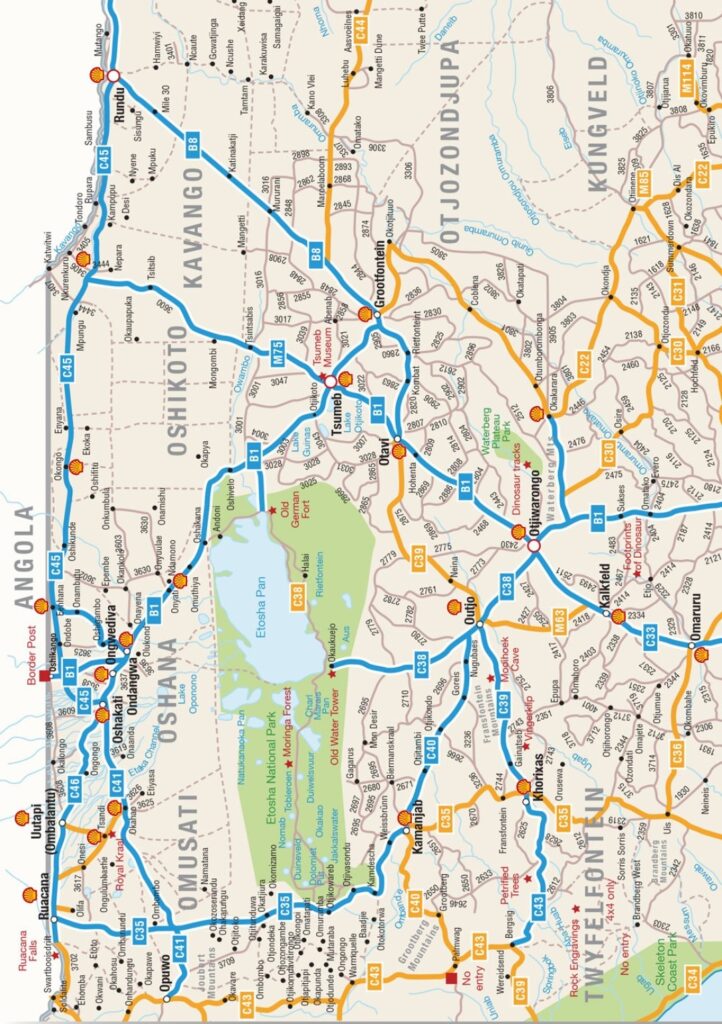
North - East

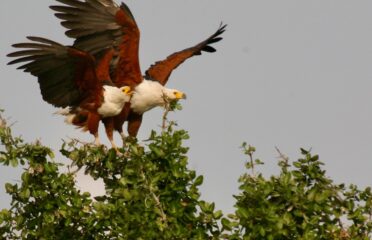
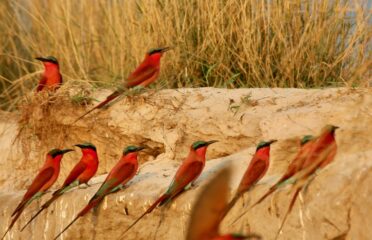
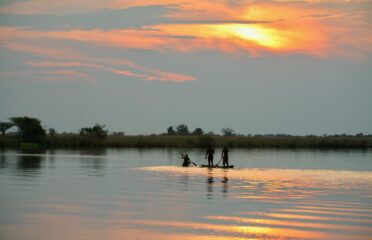
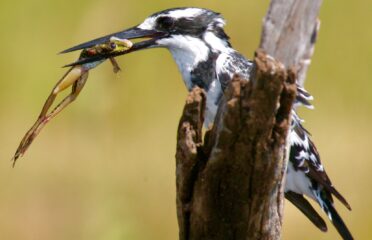
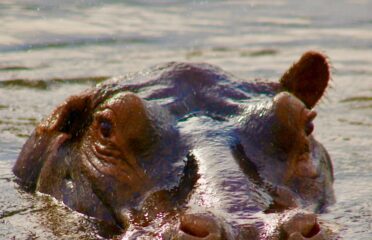
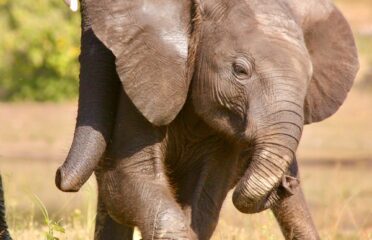
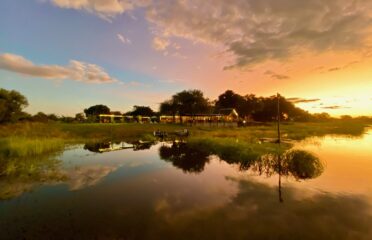
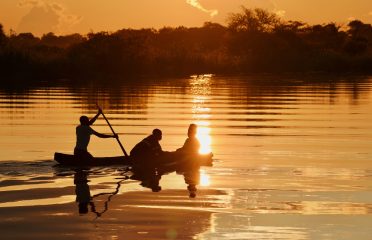
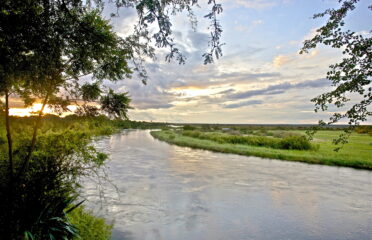
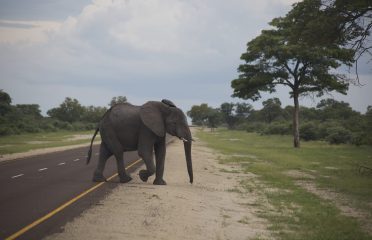

Summary of the North Eastern Region of Namibia:
Scenic Landscapes:
The North-Eastern region of Namibia encompasses the Kavango and Caprivi (Zambezi) regions, characterized by lush tropical vegetation, expansive floodplains, and abundant wildlife. Visitors can explore diverse landscapes, from the Kavango River to the sprawling floodplains of Caprivi.
Cultural Encounters:
The region is rich in cultural heritage, with communities like the Bushman/San people in the Nyae-Nyae area and traditional artisans in the Caprivi showcasing their unique customs and crafts. Visitors can immerse themselves in local traditions and learn about the region’s indigenous cultures.
Wildlife and Conservation:
North-Eastern Namibia is a haven for wildlife enthusiasts, offering opportunities for game viewing, bird watching, and fishing. Parks like Khaudum Game Park and Mahango Game Reserve are home to a variety of species, including predators like lions and cheetahs, as well as rare birds and antelope.
Adventure Activities:
The region presents a range of adventure activities, from 4×4 safaris in rugged terrain to white-water rafting on the Zambezi River. Visitors can explore the wilderness by boat, vehicle, or on foot, experiencing the natural beauty and wildlife diversity of North-Eastern Namibia.
Explore Local Gems:
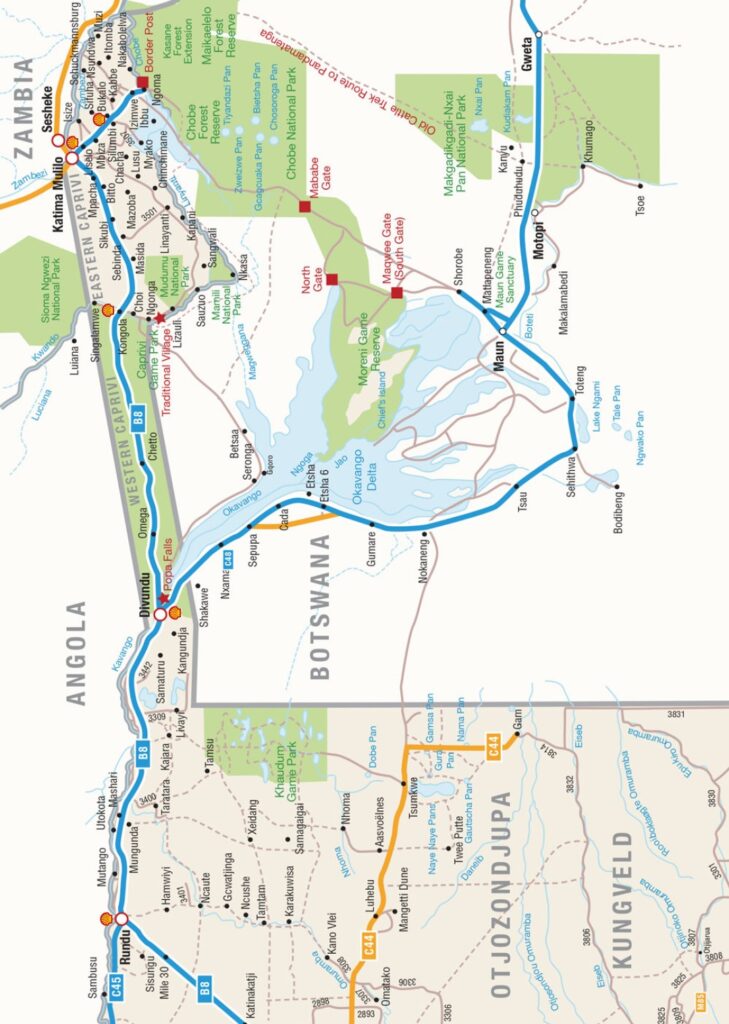
North - West
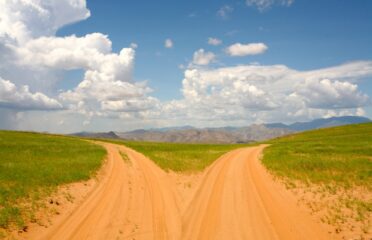
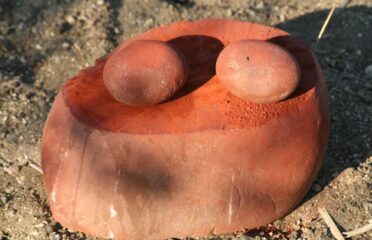
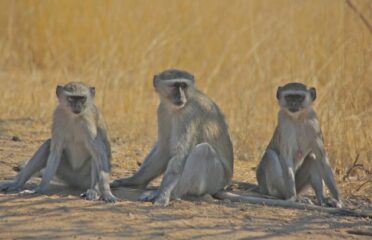
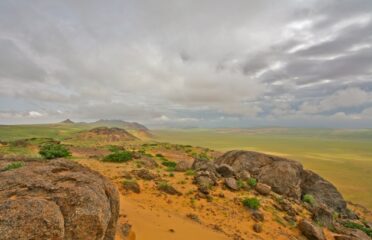
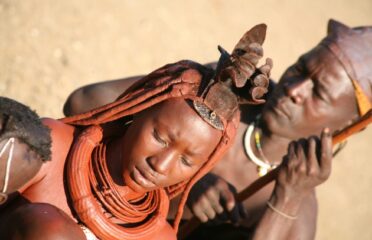
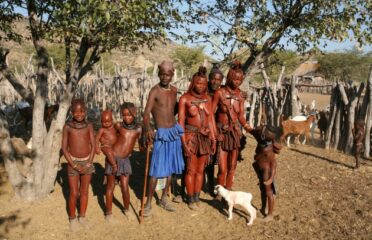
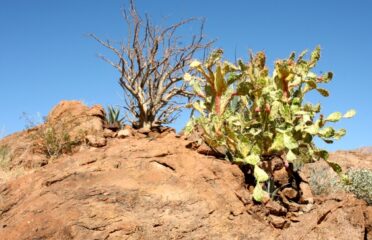
Summary of the North Western Region of Namibia:
Scenic Wilderness:
The North-Western region, also known as the Kunene region, boasts breathtaking landscapes characterized by rugged mountains, rocky hillsides, and sandy plains. This wild and isolated terrain offers a unique adventure for travellers seeking off-the-beaten-track experiences.
Cultural Encounters:
Kaokoland, part of the North-Western region, is the ancestral homeland of the Himba tribe, known for their distinctive appearance and traditional way of life. Visitors can immerse themselves in Himba culture and witness their unique customs and adornments.
Natural Wonders:
The region is home to several natural attractions, including the renowned Twyfelfontein rock engravings, a UNESCO World Heritage Site. Other highlights include the Petrified Forest, Burnt Mountain, and the Organ Pipes, showcasing ancient geological formations and fascinating landscapes.
Wildlife and Conservation:
The North-Western region is rich in biodiversity, with desert-adapted elephants roaming the arid landscape and a variety of wildlife thriving in the remote desert environment. The Skeleton Coast Park, known for its scenic beauty and ecological sensitivity, offers opportunities for wildlife viewing and exploration.
Epupa Falls:
Epupa Falls, located along the Kunene River on the border with Angola, is a picturesque waterfall surrounded by lush vegetation and dramatic rock formations. Visitors can enjoy birdwatching, scenic views, and cultural experiences, including interactions with the Himba people who inhabit the area.
Explore Local Gems:
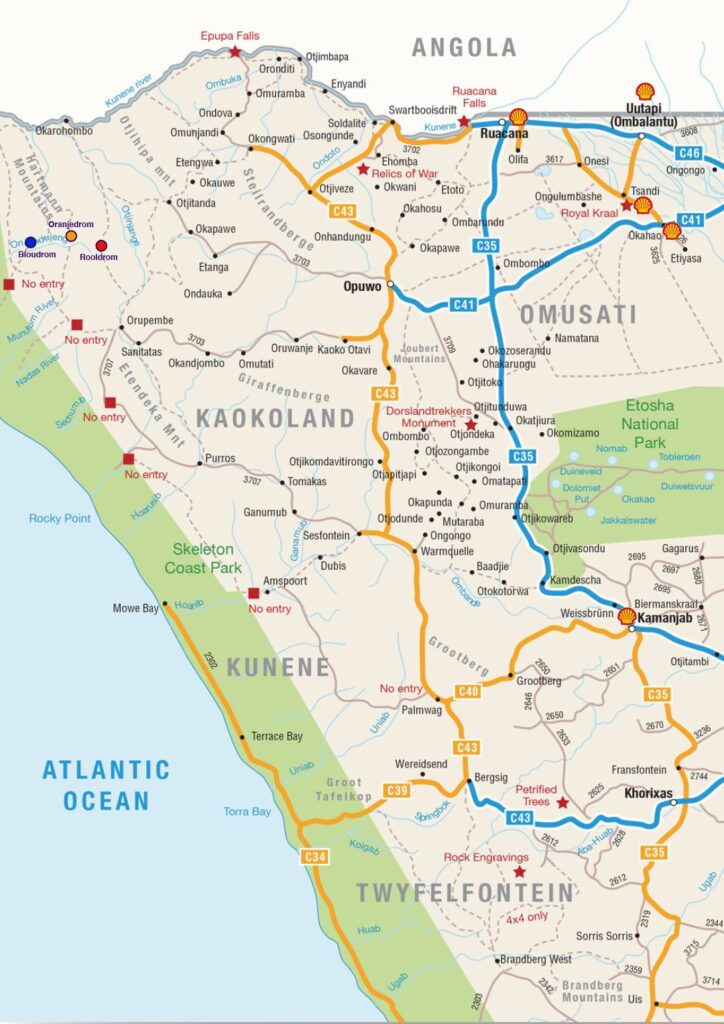
South
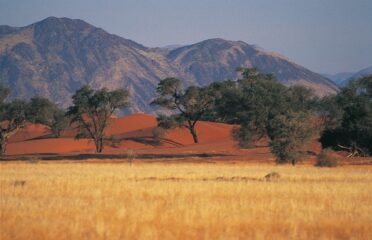
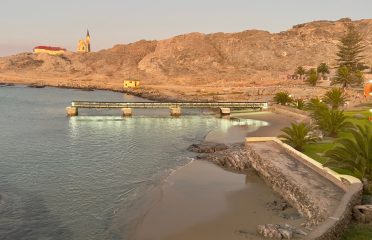
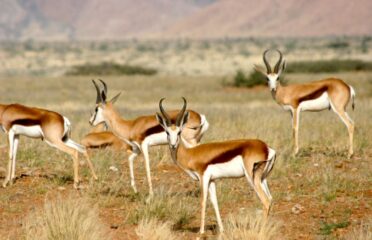
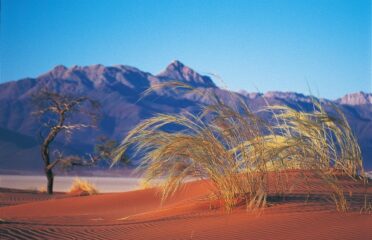
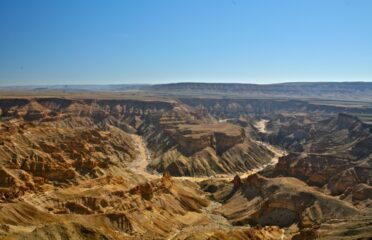
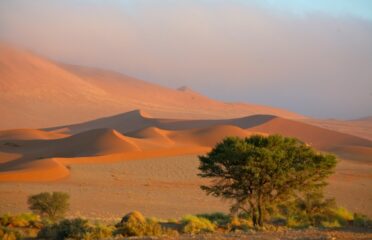

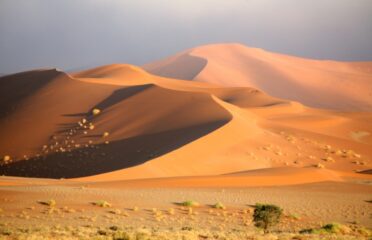
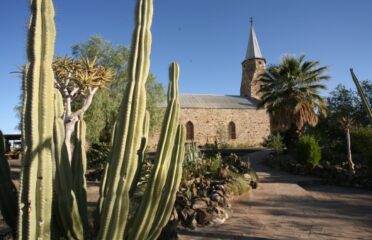
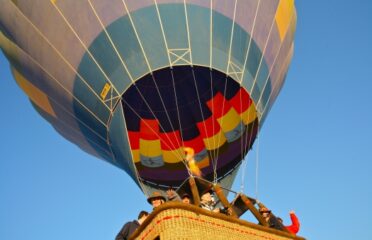
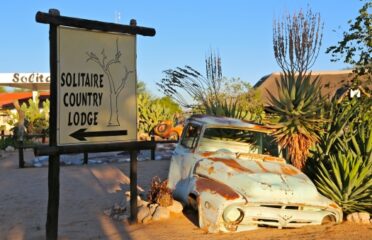
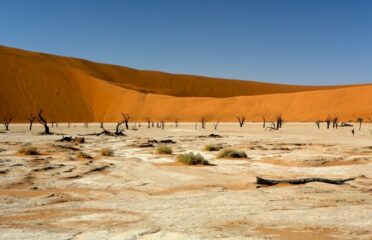
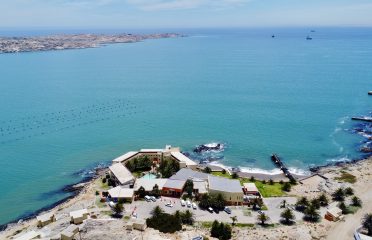
Summary of the Southern Region of Namibia:
Sossusvlei:
Dune Marvels:
Witness the breathtaking sunrise over the towering sand dunes, some of the highest in the world.
Photography Paradise:
Capture the ever-changing colors and shapes of the dunes, creating a visual feast for photographers.
Fish River Canyon:
Nature Trail:
Embark on the challenging yet rewarding nature trail, offering stunning views and a true wilderness experience.
Biodiversity:
Encounter unique flora and fauna, including mountain zebra, rock hyrax, and various bird species.
Quiver Tree Forest:
Iconic Trees:
Explore the enchanting forest of quiver trees, known for their prehistoric appearance and vibrant yellow flowers.
Photographic Delight:
Capture the striking contrast of the trees against the desert landscape, creating stunning imagery.
Kolmanskop Ghost Town:
Diamond Heritage:
Step back in time and explore the abandoned diamond mining town of Kolmanskop, now engulfed by sand dunes.
Historical Insights:
Learn about the town’s prosperous past and its eventual decline with the discovery of richer diamond fields.
Lüderitz:
Colonial Charm:
Wander through the quaint streets lined with German colonial buildings, including Goerkehaus and Felsenkirche.
Crayfish Festival:
Experience the annual Crayfish Festival in May, celebrating the town’s delicious lobster delicacies.
Garas Park:
Natural Oasis:
Relax amidst the serene landscape filled with quiver trees, ancient rock formations, and stunning sunsets.
Photographic Haven:
Capture the beauty of the surroundings, including the quirky sculptures and unique flora.
Adventure Activities:
Lüderitz Speed Challenge:
Witness extreme kite and windsurfing events, attracting competitors from around the world.
Desert Tours:
Embark on 4×4 desert tours to explore the rugged terrain, including the Koichab Dunes and Sperrgebiet National Park.
Marine Excursions:
Enjoy catamaran cruises to observe marine life, including seals, dolphins, and whales, along the picturesque coastline.
Accommodation and Dining:
Lüderitz Nest Hotel:
Stay at the award-winning resort offering private beaches, stunning views, and fine dining options.
Garas Park Camping:
Experience camping in the heart of nature, surrounded by quiver trees and tranquil landscapes.
Local Cuisine:
Indulge in fresh seafood delicacies, including the famous Lüderitz crayfish and oysters at waterfront restaurants and local eateries.
Cultural and Heritage:
Lüderitz Heritage Route:
Explore the town’s rich history through its national heritage structures and Art Nouveau buildings.
Cultural Experiences:
Visit local museums, art galleries, and heritage sites to learn about the region’s diverse cultural heritage.
Explore Local Gems:
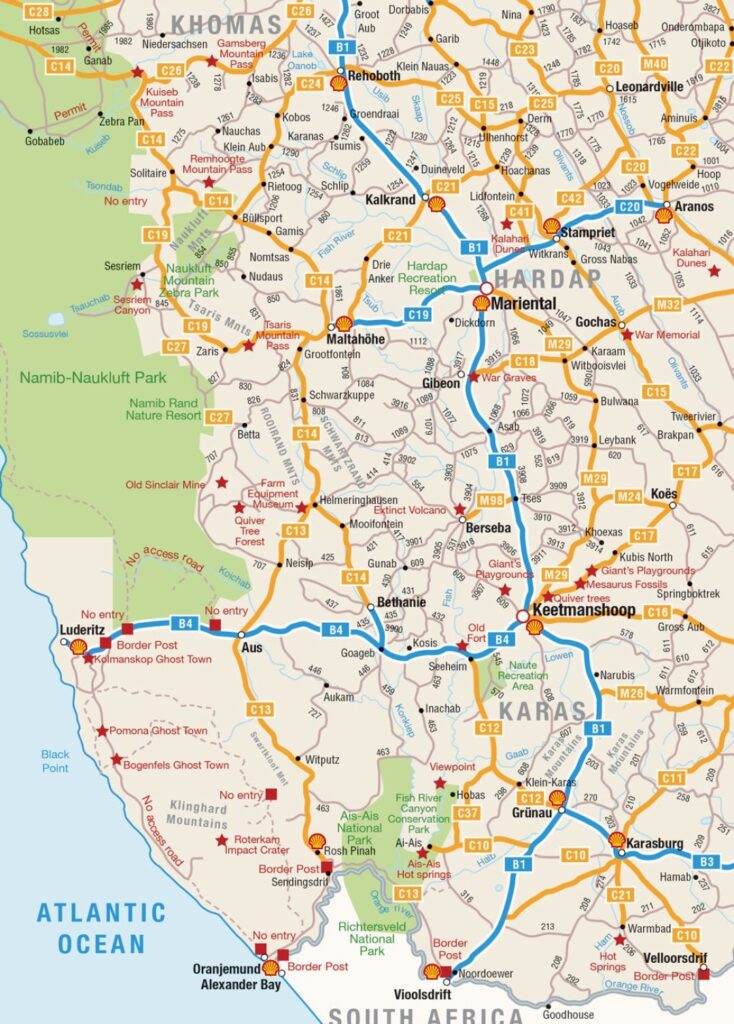
West
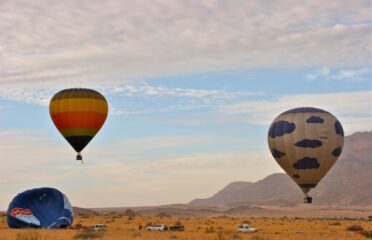
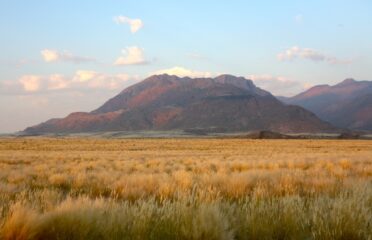
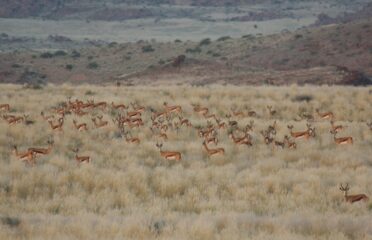
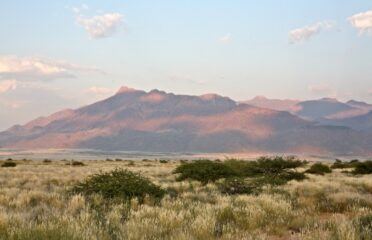
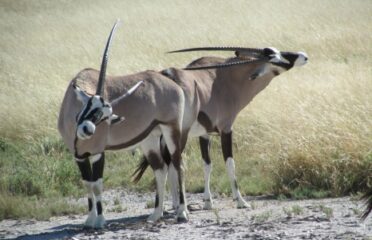
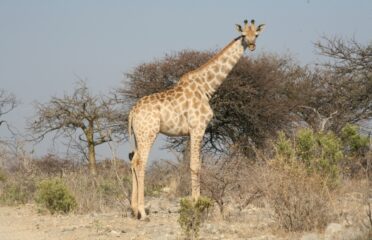
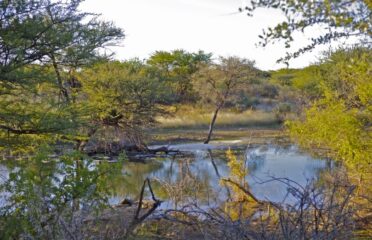
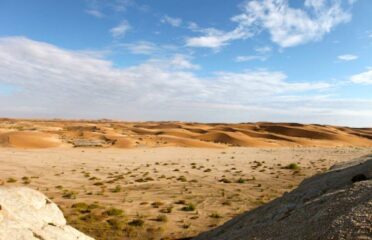
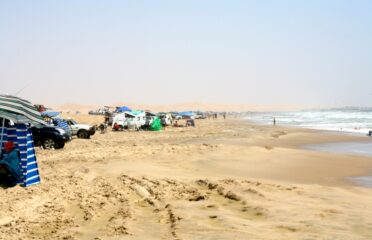
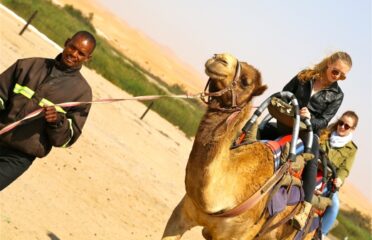
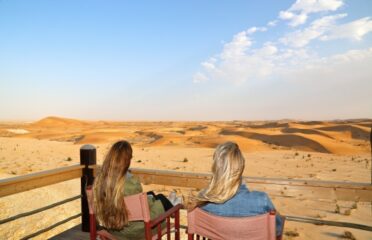
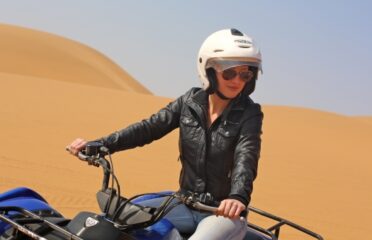
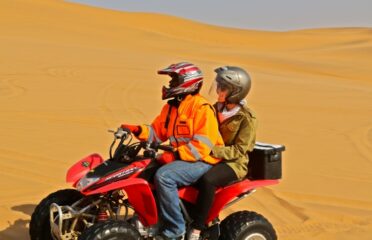
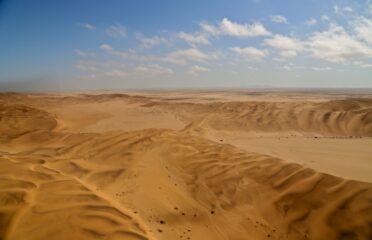
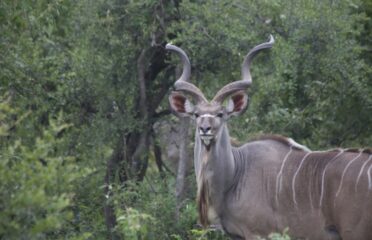
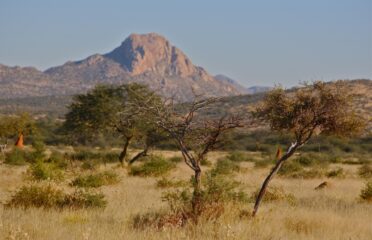
Summary of the Western Region of Namibia:
Swakopmund:
Swakopmund is a charming coastal town known for its well-preserved German colonial buildings and palm-lined streets.
Visitors can enjoy a range of activities, including dune boarding, skydiving, and ballooning over the desert.
The town boasts a cool climate, making it a popular seaside resort for locals and tourists alike.
Notable landmarks include the Swakopmund Museum, Swakopmund Aquarium, and the Old Iron Jetty.
Welwitschia Plains:
Inland from Swakopmund lies the Welwitschia Plains, home to the intriguing Welwitschia mirabilis, a unique plant endemic to the Namib Desert.
These ancient plants, with their fascinating appearance and adaptation to desert life, attract visitors interested in botany and natural history.
Gobabeb:
Gobabeb is a renowned research institution located in the central Namib Desert, attracting scientists, researchers, students, and tourists interested in desert ecology and environmental studies.
The center offers educational programs and opportunities for visitors to learn about sustainable development and the Namibian environment.
Brandberg:
The Brandberg massif, named for its glowing red appearance at sunset, is home to the highest peak in Namibia, Koenigstein.
The area is famous for its ancient rock paintings, including the iconic White Lady, which dates back thousands of years and is a testament to the region’s rich cultural heritage.
Sandwich Harbour:
Sandwich Harbour is a magical saltwater lagoon surrounded by towering dunes and teeming with birdlife.
Accessible only by 4×4 vehicles, it offers visitors a sense of isolation and natural beauty, making it a popular destination for photographers and nature enthusiasts.
Cape Cross:
Cape Cross is known for its seal reserve, home to one of the largest colonies of Cape fur seals in the world.
Visitors can observe thousands of seals frolicking on the beach and in the water, providing a unique wildlife viewing experience.
Omaruru:
Omaruru is a picturesque town with an artistic vibe, nestled amidst mountains and lush vegetation.
The town is known for its art galleries, coffee shops, and winery, making it a delightful destination for cultural exploration and relaxation.
The Spitzkoppe:
The Spitzkoppe, often called the “Matterhorn of Namibia,” is a striking granite rock formation that offers opportunities for camping, hiking, rock climbing, and stargazing.
Visitors can explore the rugged terrain and discover ancient rock art, caves, and natural rock pools, immersing themselves in the beauty of this unique landscape.
Explore Local Gems:
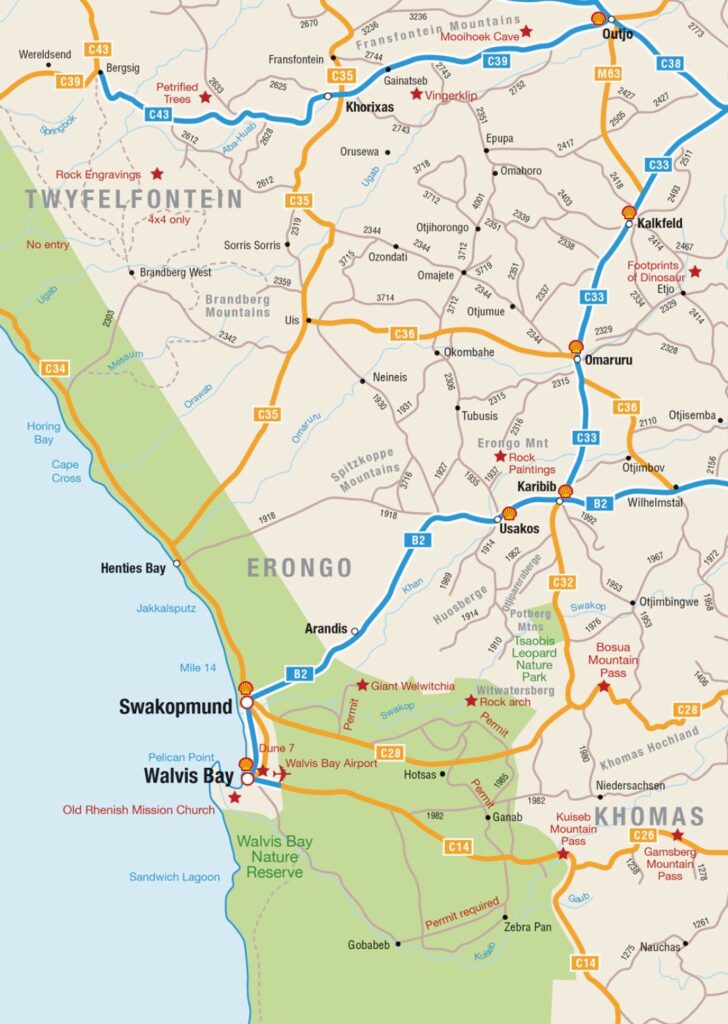
East
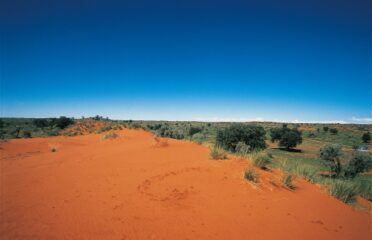
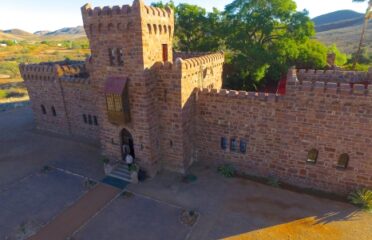
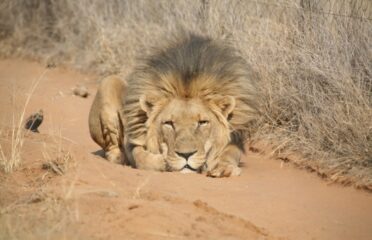
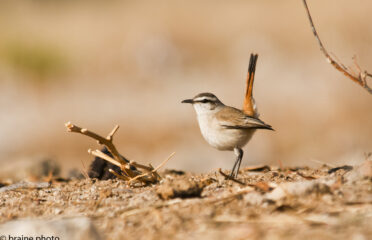
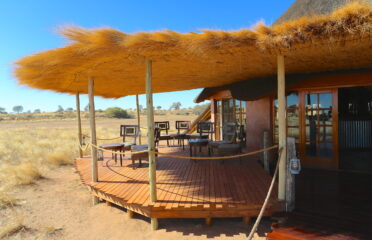
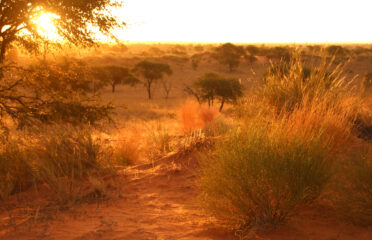
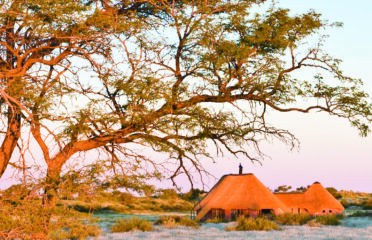
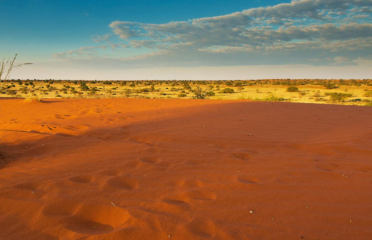
Summary of the Eastern Region of Namibia:
Climate and Landscape:
Unlike traditional deserts, the Kalahari receives more rainfall, averaging over 100 millimeters annually, and features red sand dunes that stretch as far as the eye can see.
While the region may not have abundant surface water, it is not entirely devoid of life, with seasonally inundated pans like the Etosha Pan providing essential watering holes for wildlife.
Flora and Fauna:
The Kalahari is home to a diverse range of plant and animal species, including iconic wildlife such as lions, giraffes, meerkats, and various antelope species.
Vegetation consists mainly of grasses and acacias, with over 400 identified plant species, including the tsamma melon, which serves as a vital water source for both wildlife and indigenous people.
Indigenous People – Bushmen:
The San people, also known as Bushmen, have inhabited the Kalahari for thousands of years, living as hunter-gatherers and relying on their deep knowledge of the land for survival.
Bushmen have a unique language that includes clicking sounds and have developed ingenious methods for finding water and sustenance in the harsh desert environment.
Cultural Experiences:
Visitors to the Kalahari can experience the rich cultural heritage of the region by staying at guest farms and lodges that offer immersive experiences, including interactions with the Bushmen.
These encounters provide insight into the traditional way of life, including hunting techniques, foraging for food, and the medicinal uses of plants.
Explore Local Gems:
